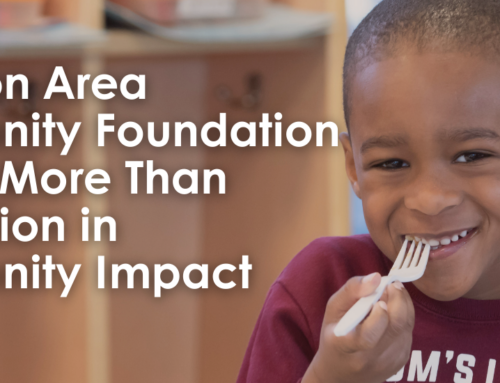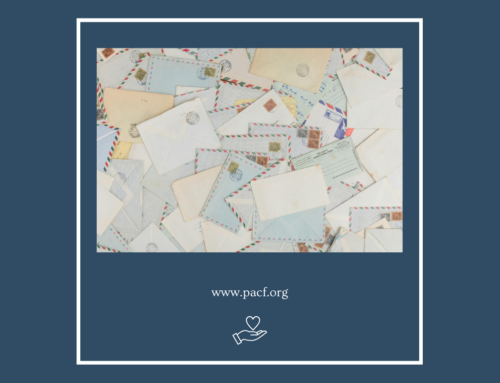New data from the Chronicle of Philanthropy gives us an intriguing look at recent individual giving. Compiled by Indiana University, the information is extracted from IRS Form 1040 tax returns. Data from this survey by local zip codes can be found here. The statistics are interesting, but numbers never tell the full story.
The Giving Landscape
Over 80% of annual charitable gifts are made by individuals; a much smaller fraction comes from foundations and corporations. If we really want to understand the philanthropic sector we have to focus on the giving we all do as people.
So what does the 2012 data show? Mercer County, with giving at 3.06% of adjusted gross income (AGI), is the most generous county in New Jersey, well ahead of the average for NJ counties of 2.15%. We applaud our region for its generosity.
The Chronicle’s interpretation is that giving by the wealthy (defined as those with AGI over $200,000) as a percentage of income dropped from 2006 to 2012, while people of more modest means increased their giving. What are we to make of this?
What Can the Data Tell Us?
Their conclusions are not the full story. First we need to understand that most surveys of giving report data from income tax returns. This method is the best we can do, but has limitations. For example, researchers can only work with returns of people who itemize deductions (30% of tax payers, but 80% of charitable gifts).
Second, statistics are never perfect, can be skewed by people with high net worth and low incomes, and never reflect giving that doesn’t make its way to the IRS Form 1040.
And third, the data is reported as a percentage of AGI, a measure which is arrived at after several adjustments to total income that may impact some taxpayers more than others. The Chronicle’s data lumps together all incomes over $200,000, so we cannot use it to understand giving behavior at higher income levels. In New Jersey many would argue that an income of $200,000, in a state where the median AGI is $93,864 and the cost of living is high, does not define “wealthy.
Reporting from the National Center for Charitable Statistics at the Urban Institute in Washington, DC comes to a similar conclusion and “show(s) a U-shaped relationship between total AGI and charitable giving as a percentage of AGI. In other words, those at either the high end or low end of the income distribution tend to give a higher percentage of their income as contributions than those in the middle.” This data is more refined and shows that the mega-wealthy (incomes over $10 million) are the most generous of all.
How might we think about this?
Here are my reflections. What are yours?
- Charitable giving is, and will remain, a wholly discretionary activity. Tax deductibility has never been the leading motivator of giving. See my blog “Our biggest competition is a new car” from May 2014
- The charitable “pie” is not finite. Let’s encourage growth in support for our communities from all sectors.
- We will be most likely to give if we encourage one another, if our nonprofits do great work that they can document, and if we focus on the positives rather than use numbers to argue that some aren’t doing enough.
As the year-end giving season heats up, no matter what the data say, let’s make this a banner year. Can we all do more?





